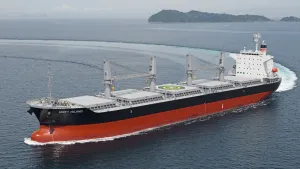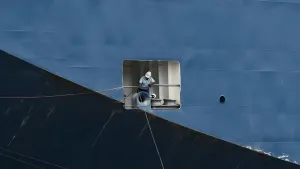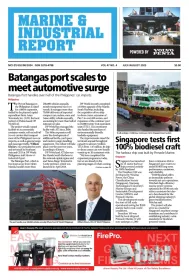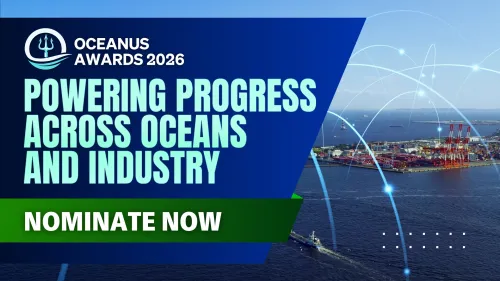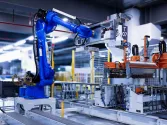Subsea and Cable-laying: The next Frontiers for the Twin X-Stern
Aptly nicknamed ‘A 4-wheel-drive for the seas’, the ULSTEIN TWIN X-STERN is celebrated for its exceptional manoeuvrability. To date, this innovative feature has been incorporated into ten newbuilds, all designed for the walk-to-work market and measuring up to 90m in length. The next likely segments to adopt the TWIN X-STERN are subsea and cable-laying.
The TWIN X-STERN design is distinguished by its dual stern configuration, equipped with main propellers at each end. This unique setup enhances manoeuvrability and motion, leading to improved fuel efficiency – a critical factor in the drive towards more sustainable and efficient maritime operations.
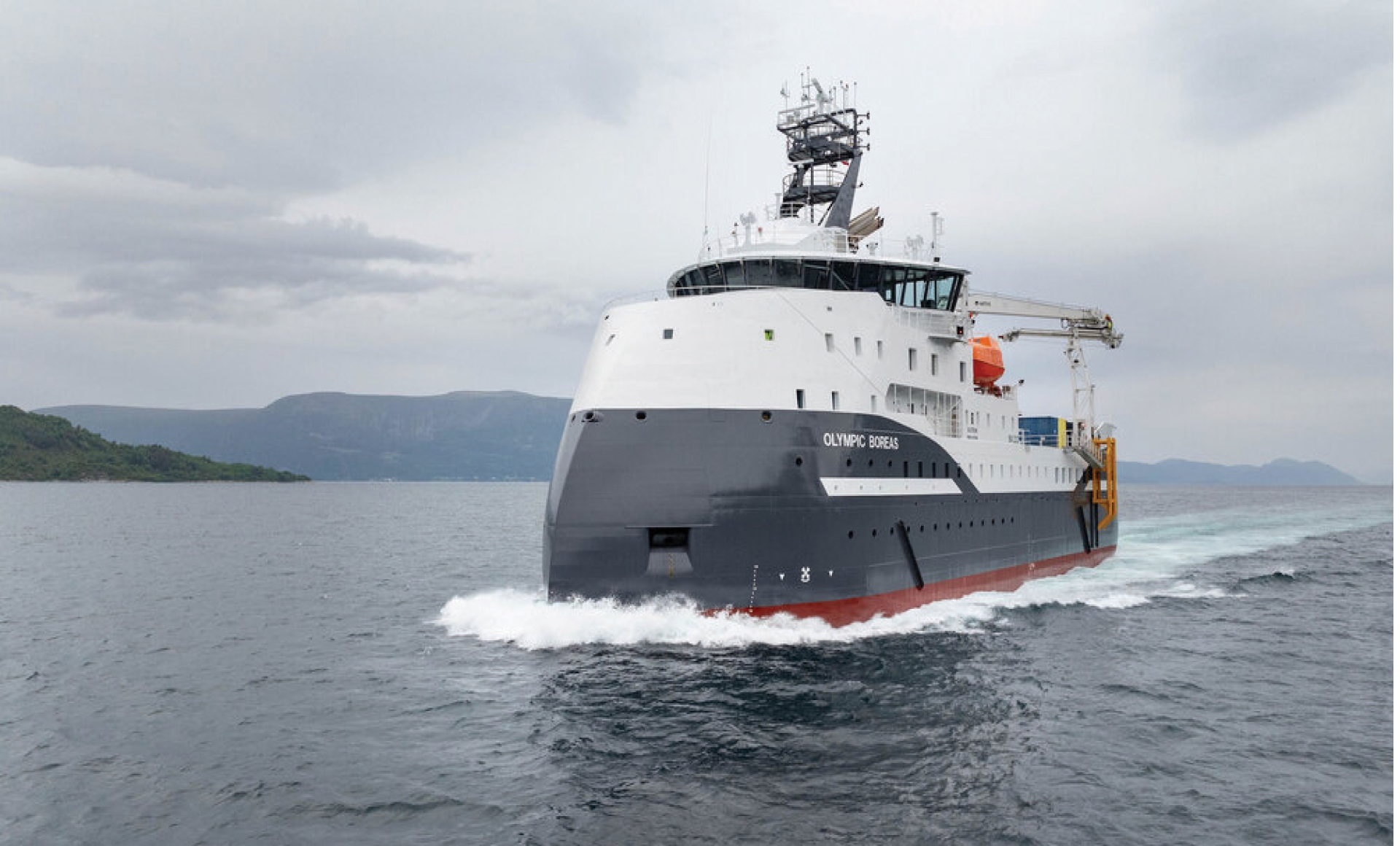
The recent sea trials of the Olympic Boreas marked the first real-scale, live environment test of the TWIN X-STERN’s unique characteristics, confirming its anticipated superior properties.
Versatility Across Vessel Operations and Sizes
The ten TWIN X-STERN new builds currently under construction are exclusively designed as Construction Service Operation Vessels (CSOVs) for the offshore energy industry. However, the TWIN X-STERN’s functionality extends beyond these specific operations. The principles and benefits behind the TWIN X-STERN, such as exceptional manoeuvrability, agility, and flexibility, are applicable to a variety of vessel types and sizes.
All contracted TWIN X-STERN vessels to date range from 80 to 90 metres in length. However, the TWIN X-STERN solution is not confined by length. Its benefits are evident across a broad spectrum of vessel lengths, from the 69m long Service Operation Vessel (SOV) ULSTEIN SX234 to the 170m long Cable Laying Vessel (CLV) ULSTEIN SX225.
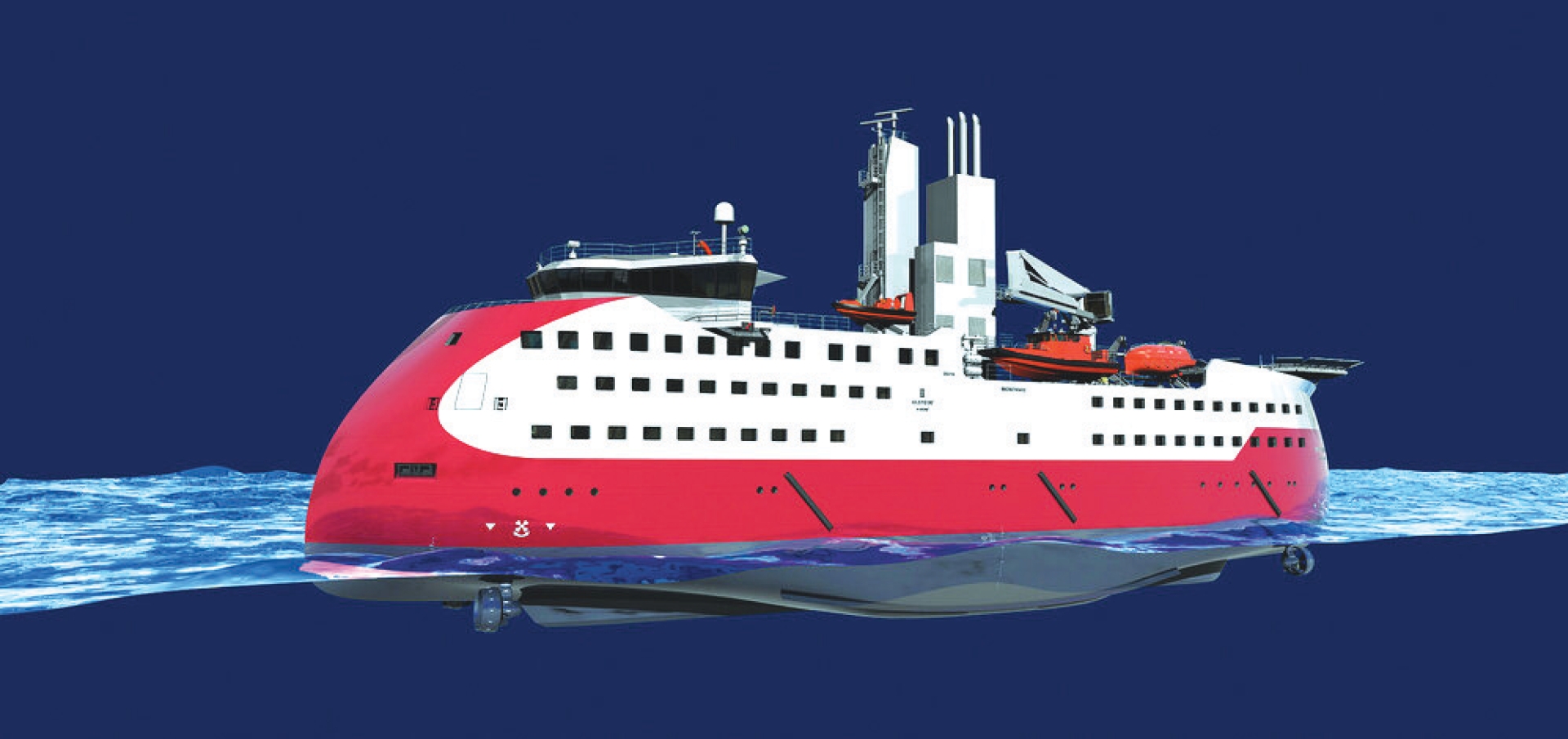
Expanding Operational Scope
We anticipate that subsea operations and cable laying will be the next sectors to reap the benefits of these versatile vessels. The TWIN X-STERN concept originated within the walk-to-work market, where its first application was identified, and the challenges it solves were recognised.
For walk-to-work operations, the ability to transit forward or backward offers significant time efficiency. The TWIN X-STERN also enhances the ability to operate with the stern or bow facing the weather, eliminating the need for the vessel to reorient if sea state conditions change. This increases the operational window, a feature that is particularly important for other energy vessels, such as subsea and cable-laying vessels.
Cable-laying vessels, which spend a significant amount of time at sea, have limited flexibility to adjust their heading towards the weather as the final position of the cable determines the heading. The TWIN X-STERN’s seakeeping performance will be instrumental in future subsea operations, enabling safer and more effective operations.
In all three segments, manoeuvrability and workability are key to the vessel’s competitiveness and operational efficiency.
This article was originally published on Marine & Industrial Report newspaper Vol 46 No.4 Issue last August 31, 2024.

